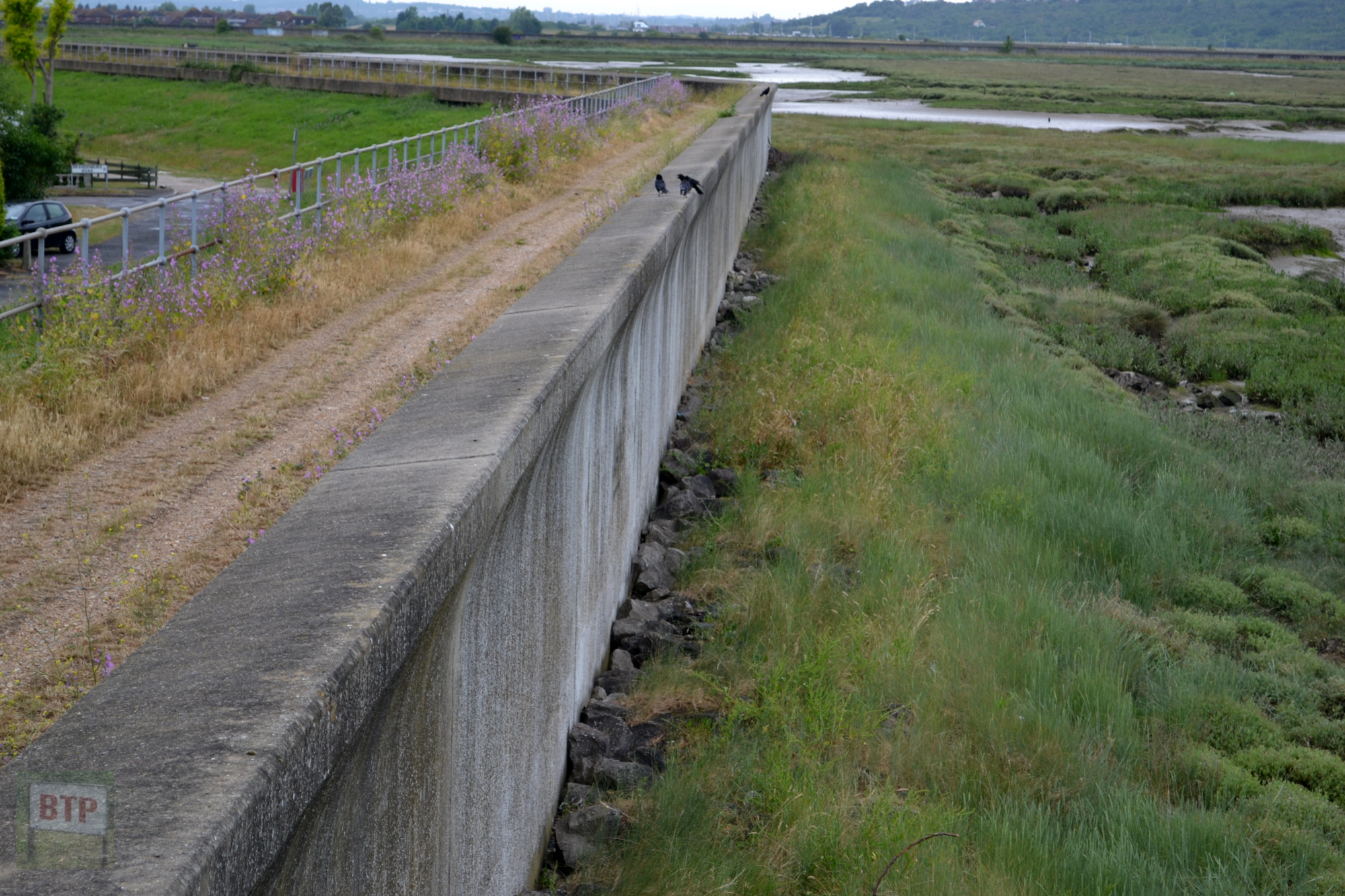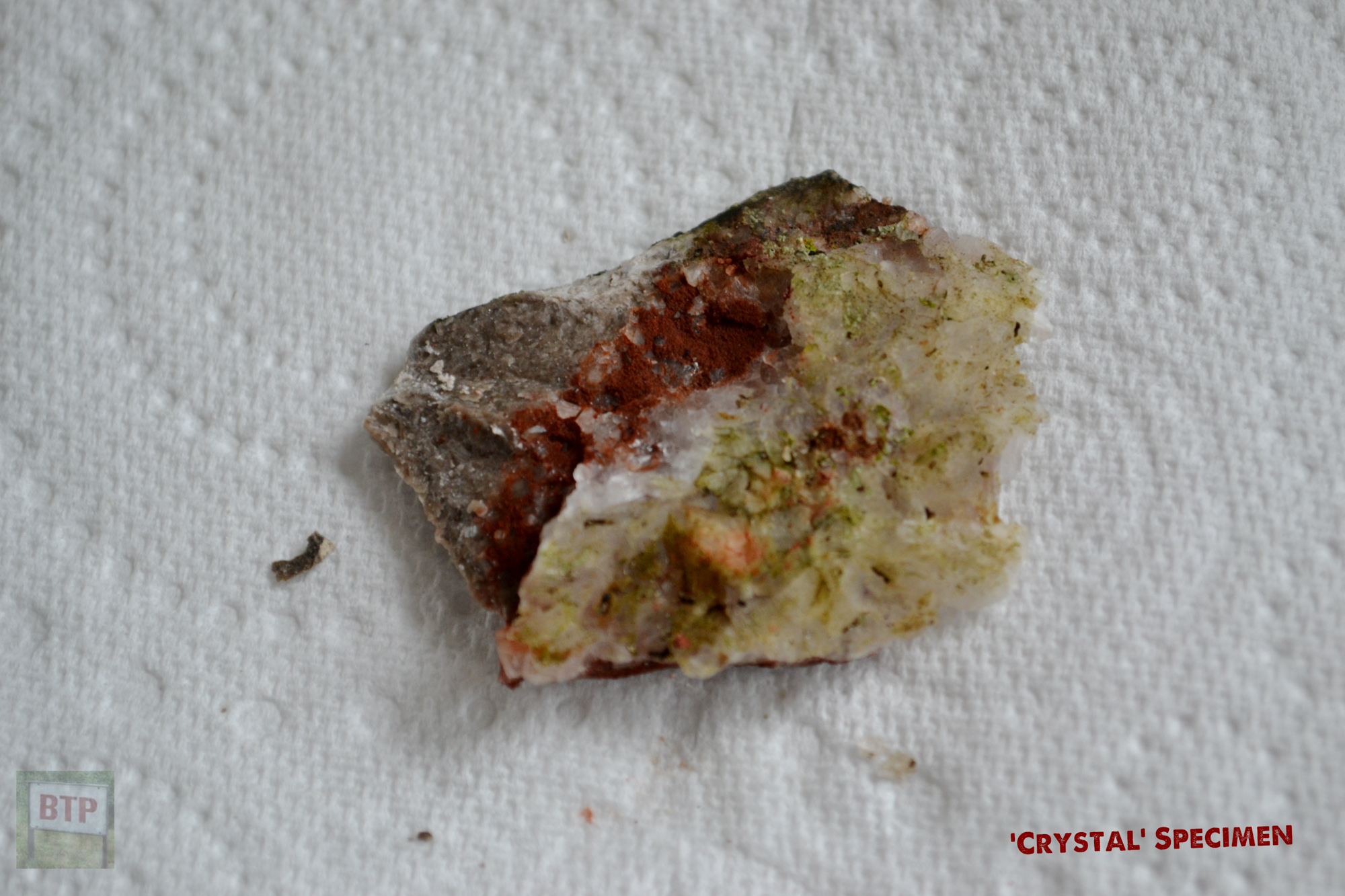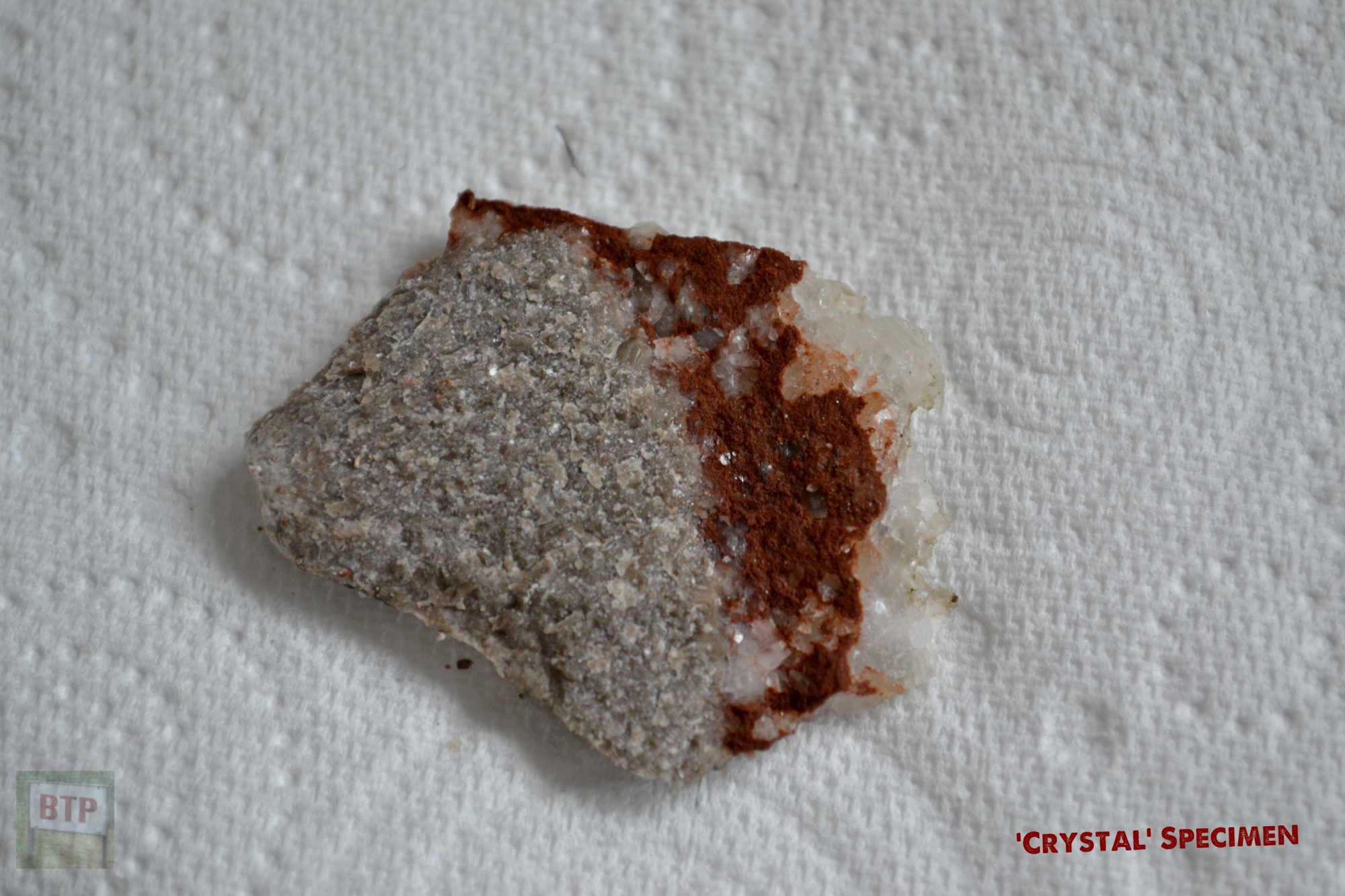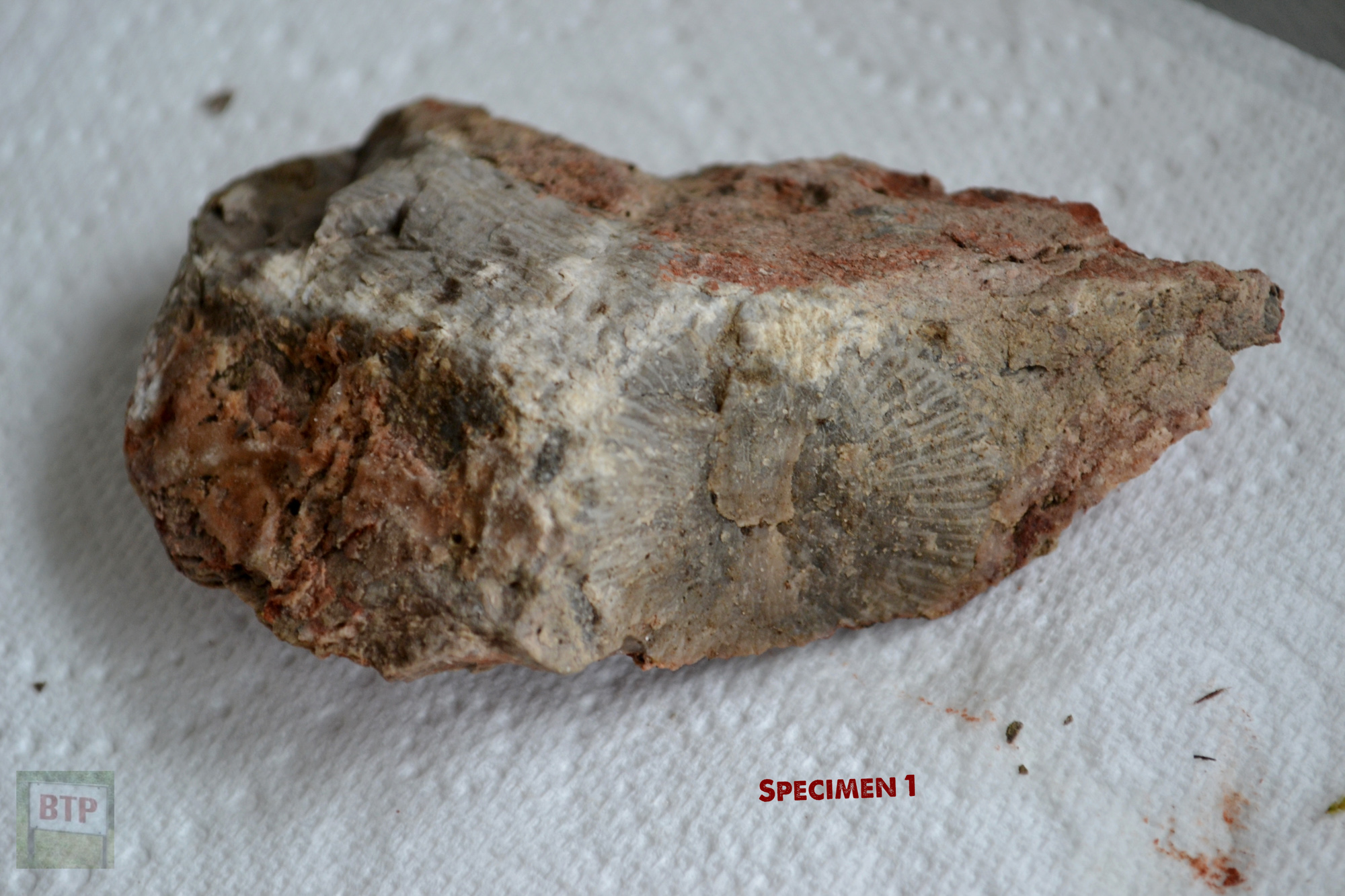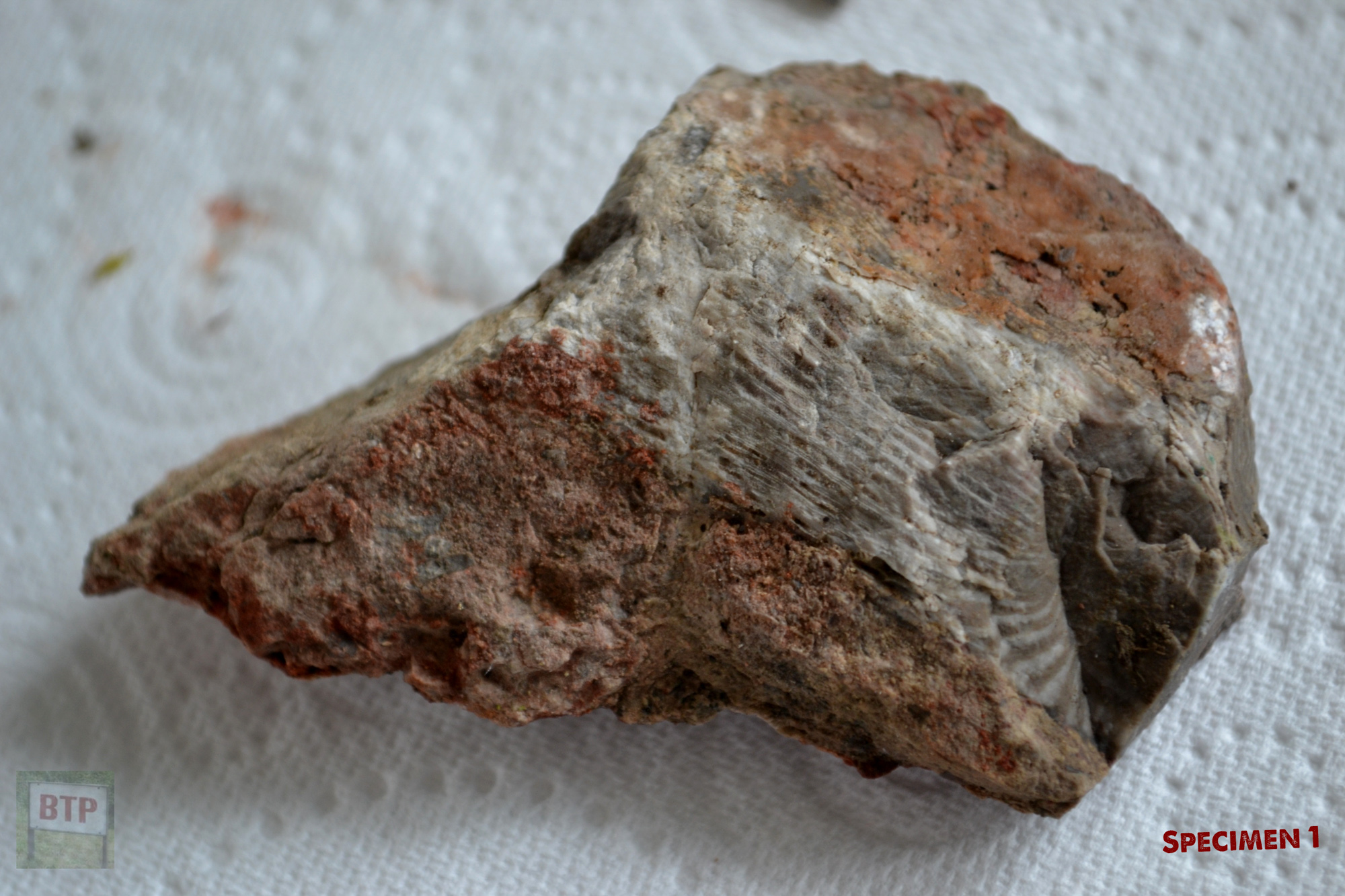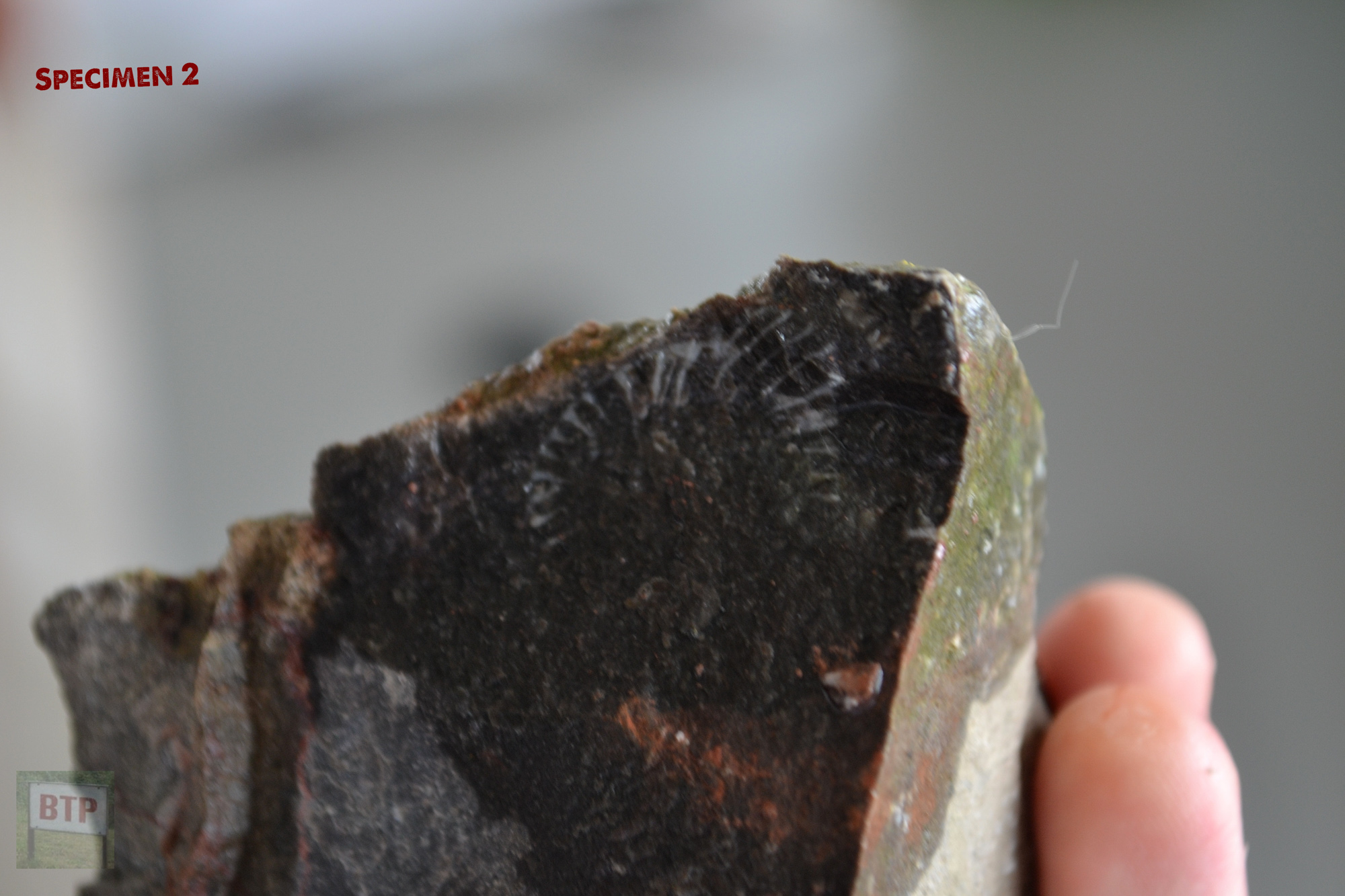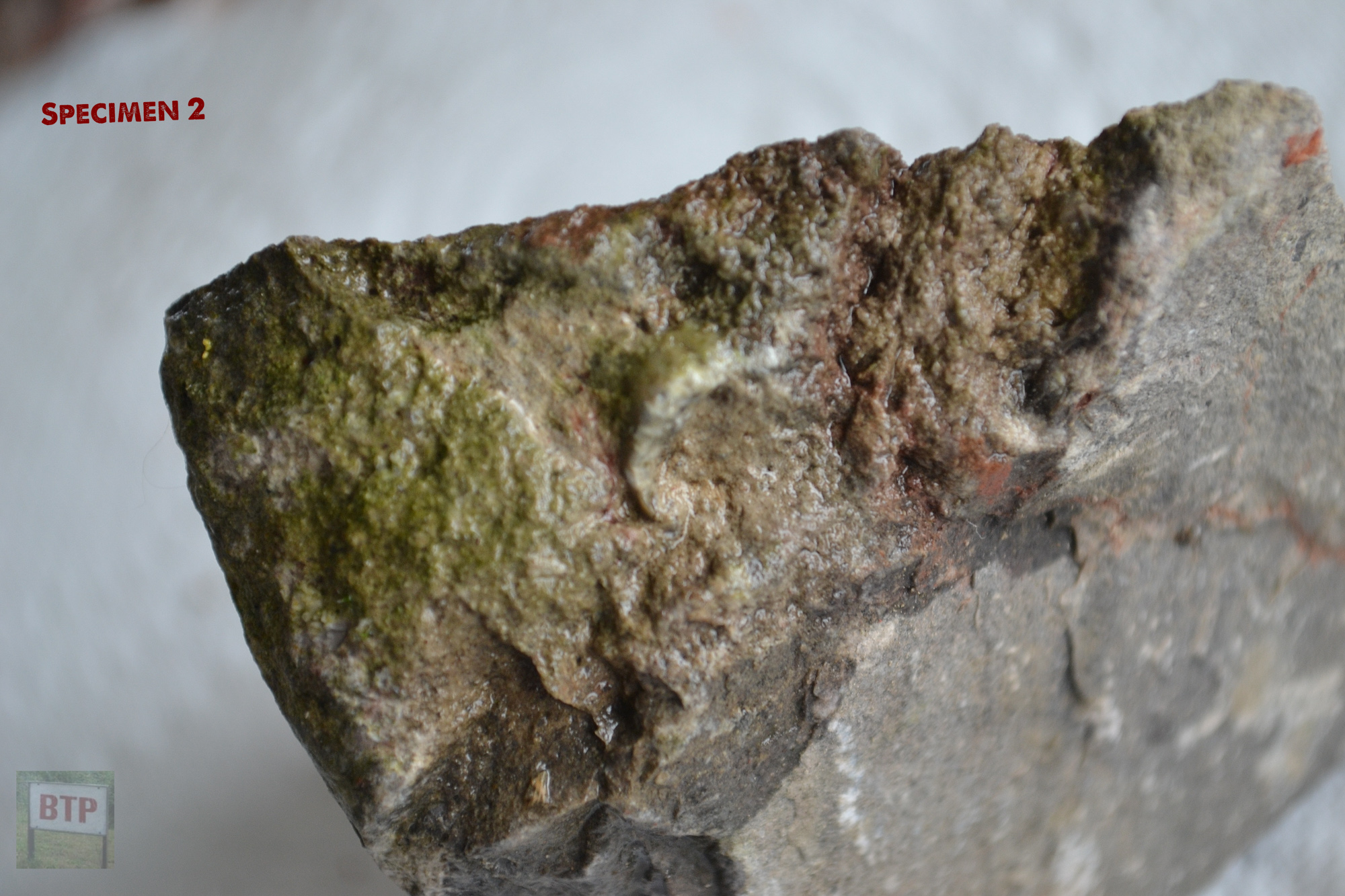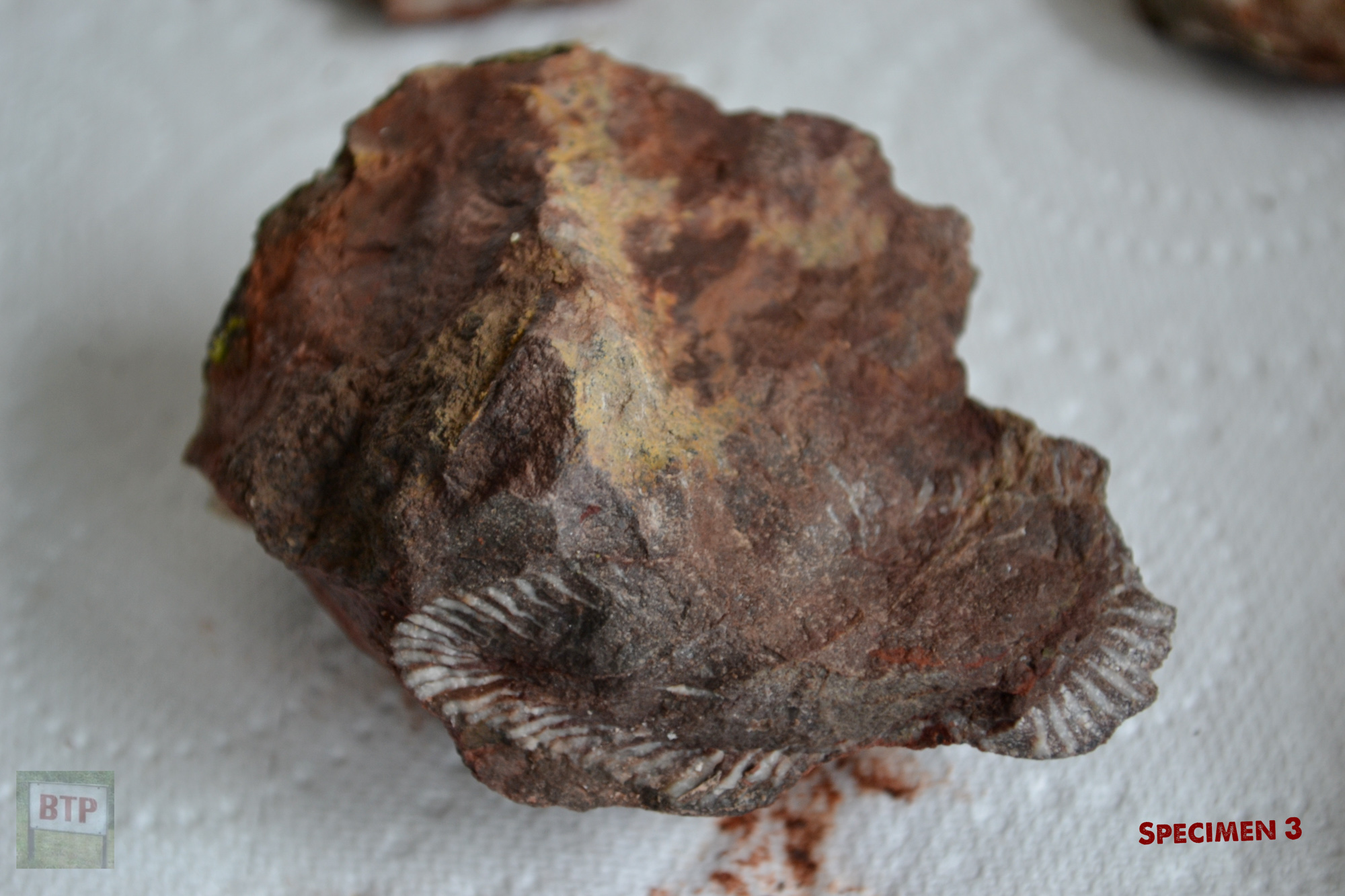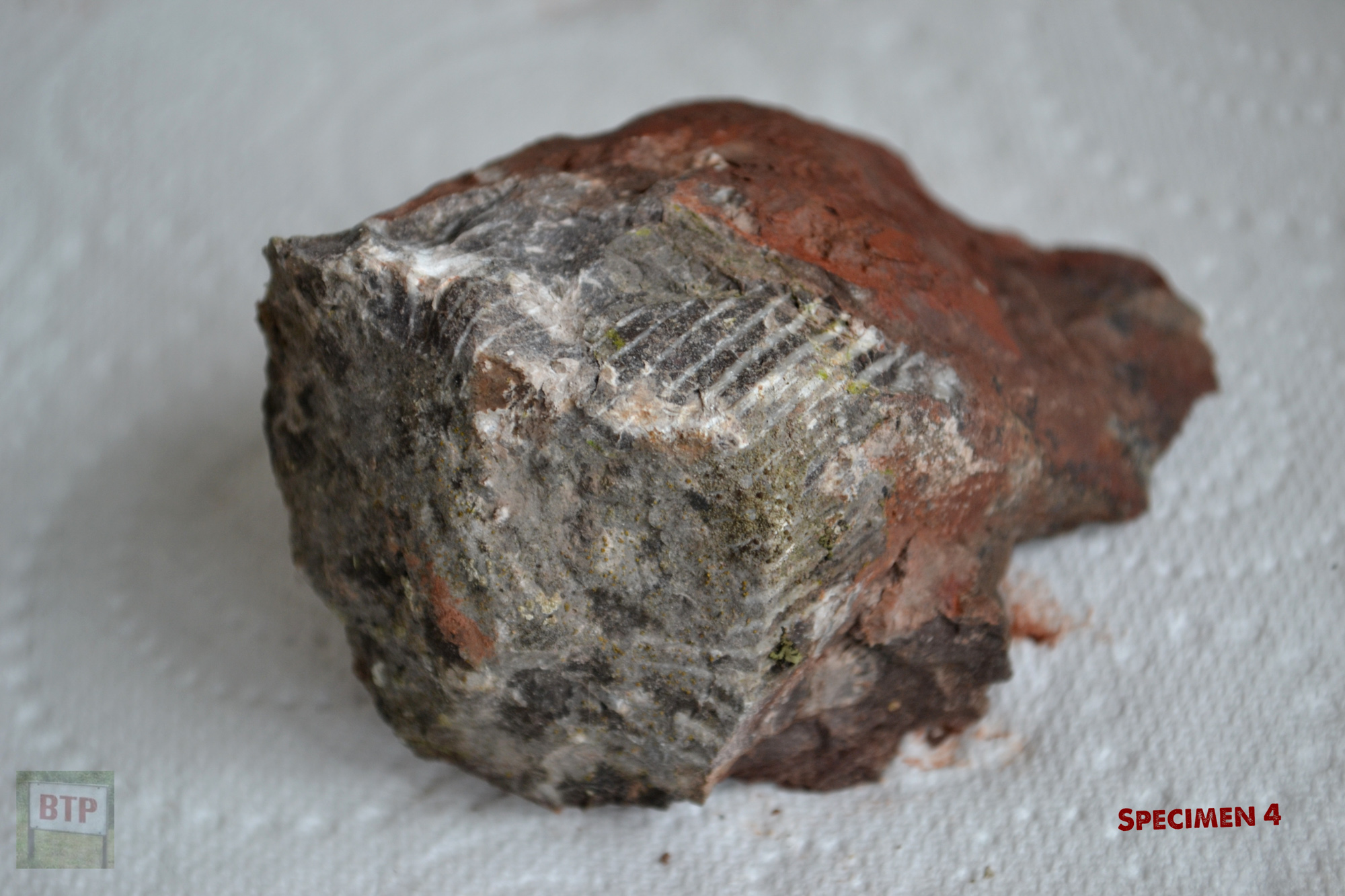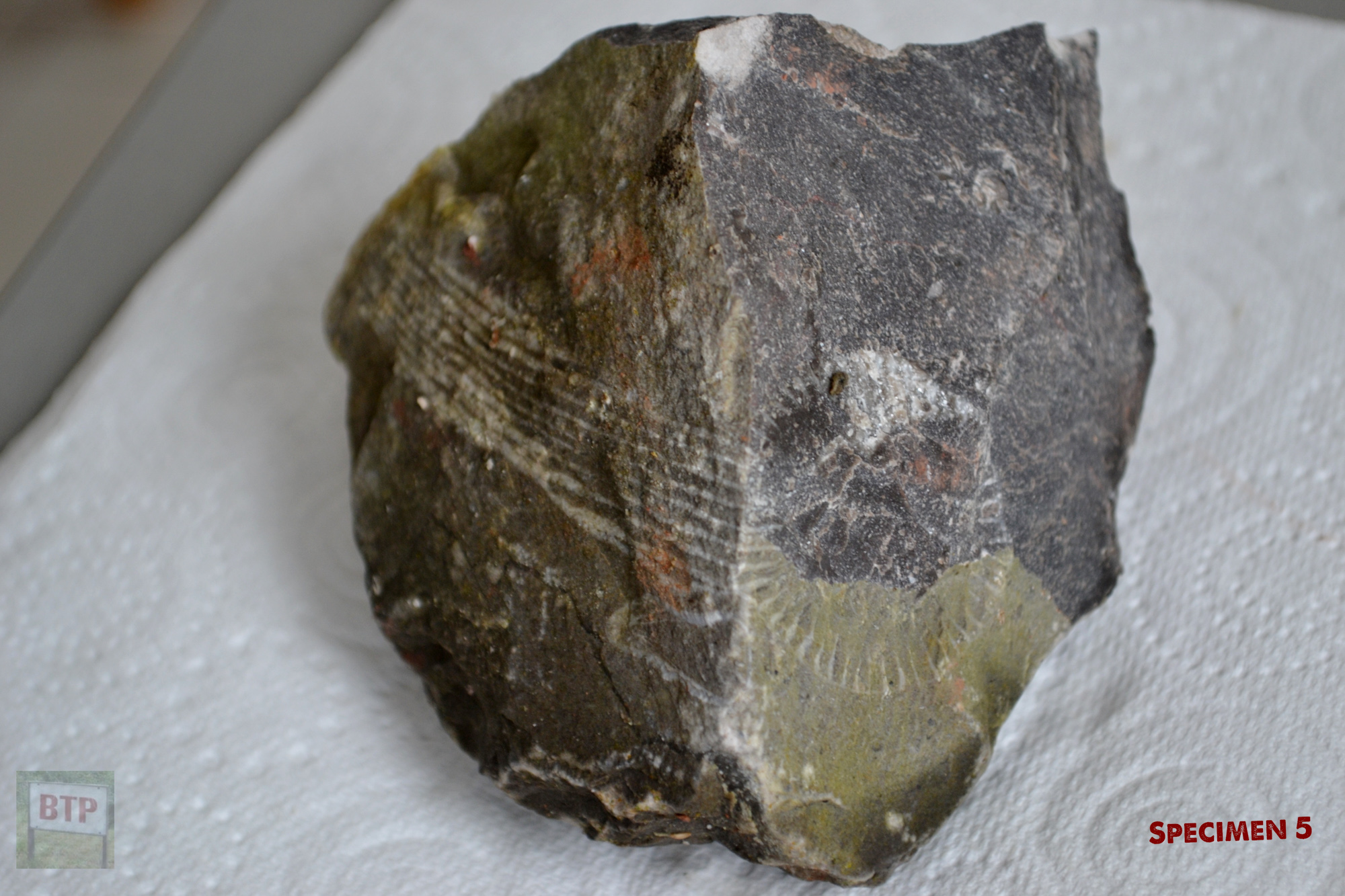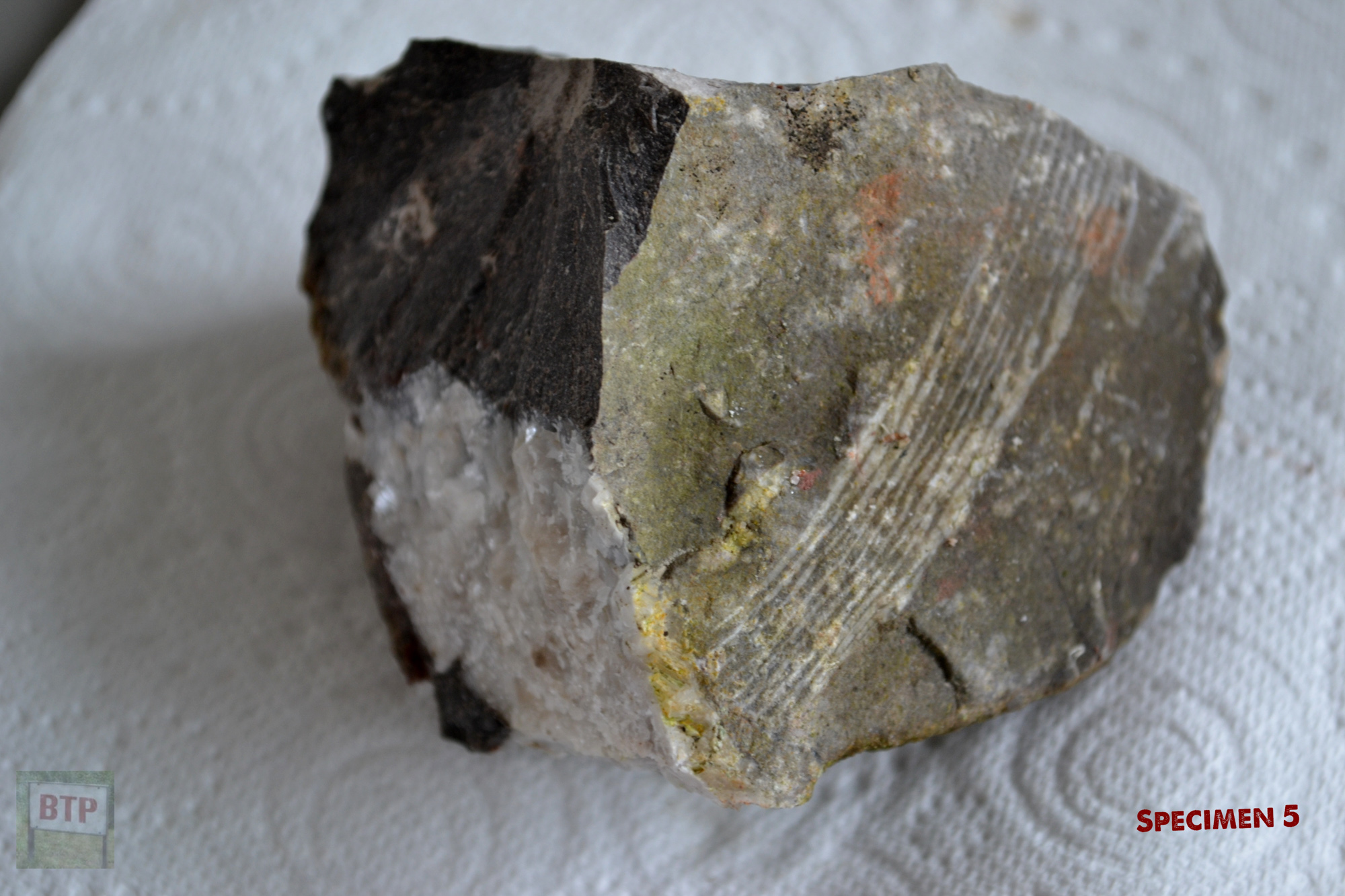The current seawall that encircles Canvey Island was a late 1970s upgrade to the 1950s wall that was the first to be made out of concrete in response to the dated earthen mounds that failed to stand the test of the tide in the 1953 floods. The current wall, finished in the early 1980s, was far taller and bigger made of solid concrete – unlike the 1950s wall that only had a concrete section ontop of corrugated iron sides. A great pathway was created next to the wall often with steps, rails, and ladders that would probably fail any kind of health and safety check today! At the bottom of the wall in the Eastern section of Canvey huge boulders were put up against the wall presumably to take some of the weathering off of the concrete, or to fill in the gap between the current wall and a very old earth one still visible below on the marsh (possibly from the Dutchman Cornelius Vermuyden’s land reclamation in the 17th Century). These boulders and rocks were shipped to Canvey from Wales – and hold all sorts of treasures.
The BTP boys headed over the wall to investigate and whilst we at first had difficulty finding anything from the days of the dinosaurs, we suddenly stumbled across a rock ontop of a large pile that had a circular ridged pattern in its side. It was a very large rock and perhaps not detailed enough for what we were after, but we soon realised the other rocks on the pile contained intricate crystals and fossils.

